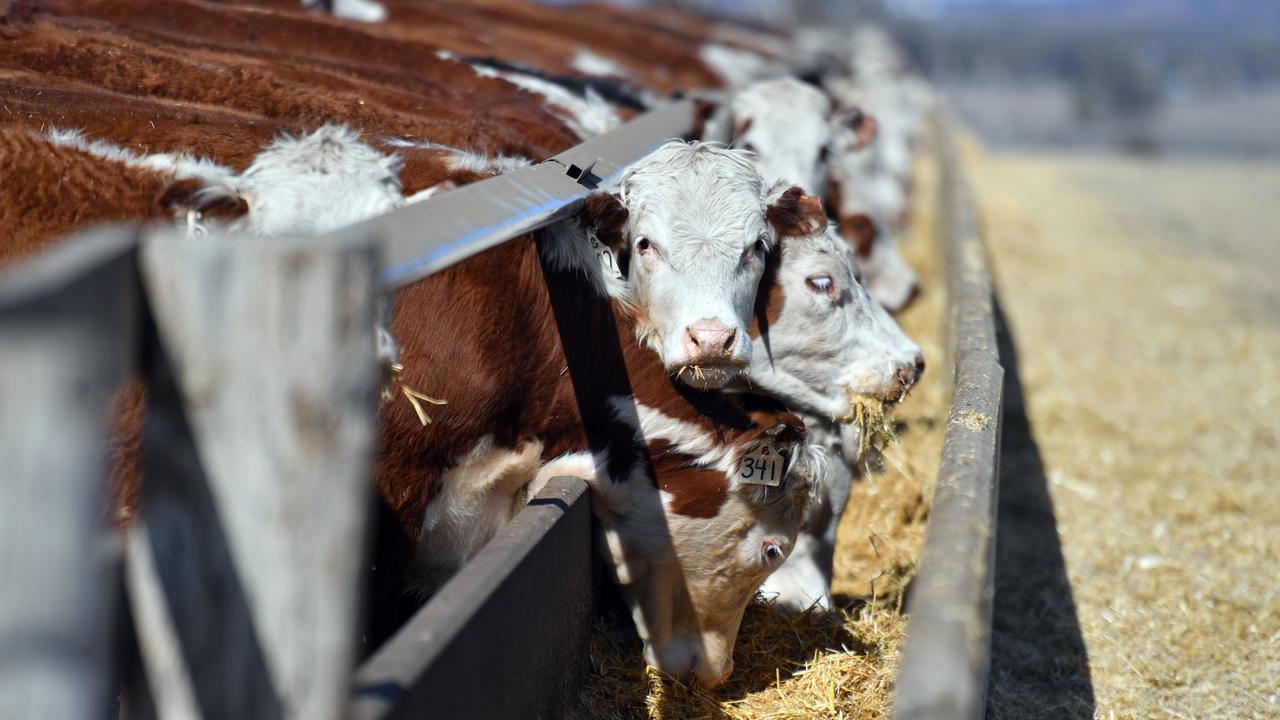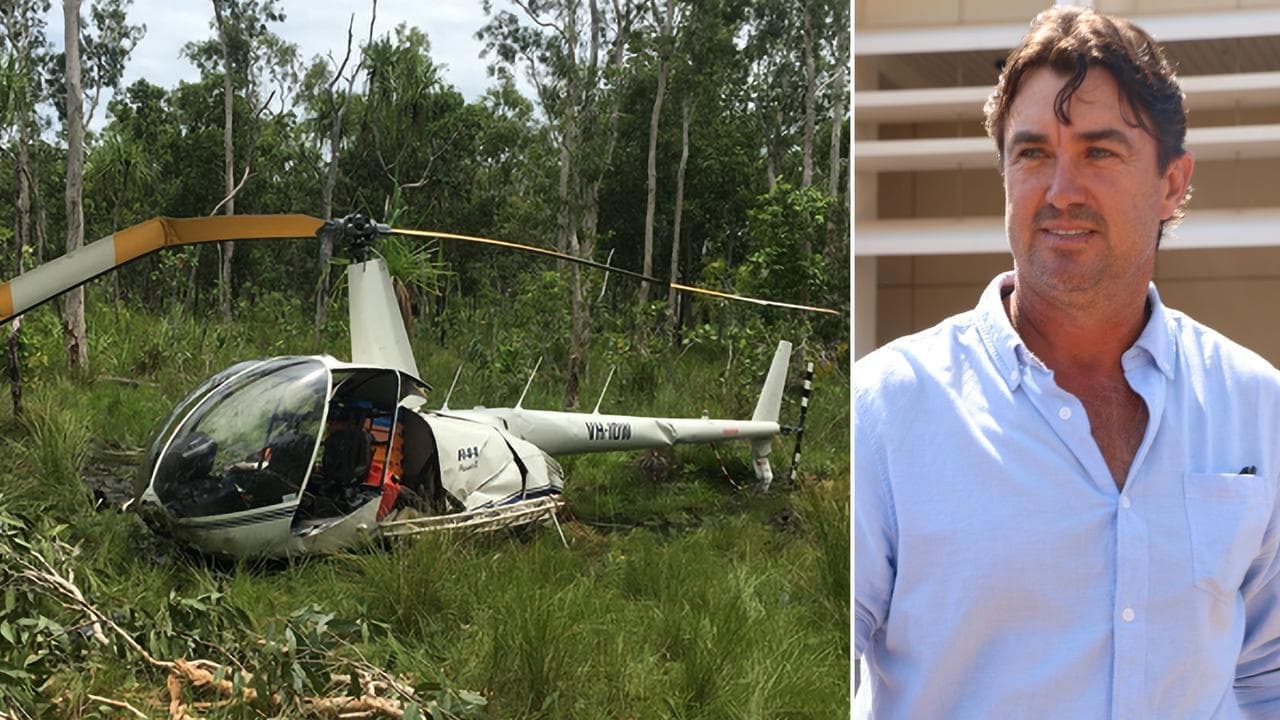WHAT WAS CLAIMED
Agriculture is the only industry that actively removes carbon dioxide from the atmosphere.
OUR VERDICT
False. Forestry also removes carbon dioxide and agriculture is a major net emitter of greenhouse gases.
A plan to tax sheep and cattle methane emissions in New Zealand has led an Australian farming body to claim agriculture is the only industry that actively removes carbon dioxide from the atmosphere.
The claim is false. The forestry industry also removes the greenhouse gas from the atmosphere.
Experts additionally told AAP FactCheck that the agriculture sector is a major net emitter, responsible for 15 per cent of Australia's greenhouse gas emissions in 2019.
The claim was made on June 10 in a NSW Farmers press release headlined: "Kiwi burp tax a bad idea say farmers".
"It's crazy, agriculture is the only industry that actively removes carbon dioxide from the atmosphere, and they're talking about taxing farmers instead of the big emitters," NSW Farmers president James Jackson said in the press release.
However, experts told AAP FactCheck it is wrong to claim agriculture is the only industry removing carbon dioxide from the atmosphere.
Dr Rachelle Meyer, a climate change adaptation expert from the University of Melbourne, said in an email that farmers do actively remove carbon dioxide from the atmosphere through practices that sequester
the gas such as revegetation.
Forestry also plays an important role in emissions reduction, Dr Meyer said.
"Regenerating forests removes carbon dioxide from the atmosphere," she said. "It is possible that in the future there will also be a direct CO2 air capture industry, but currently that is expensive and is only done on a small scale."
Professor Brendan Mackey, director of the National Climate Change Adaptation Research Facility at Griffith University, told AAP FactCheck that both the agriculture and forestry industries are responsible for carbon emissions as well as carbon removal.
However, both sectors could do more to improve their respective carbon footprints by changing management practices to further reduce emissions and increase carbon removals, he added.

Budiman Minasny, a professor of soil-landscape modelling at the University of Sydney, told AAP FactCheck it was correct to say that agriculture actively removes CO2 via crops, pastures and trees.
However, Prof Minasny said the carbon does not necessarily remain "locked in the land" and can be returned to the atmosphere if not captured via a carbon sequestration process.
Another expert said the claim should be seen in the context of agriculture being one of the largest sources of emissions in Australia.
"The agriculture sector is a net emitter, producing 67.8 million tonnes of emissions in 2020," Alison Reeve, climate change and energy deputy program director at the Grattan Institute, told AAP FactCheck via email.
"While some agricultural activity, such as better soil management and landscape restoration may remove carbon dioxide from the atmosphere, this is outweighed by activities that produce emissions," she said.
A 2021 Grattan Institute report found Australia's agriculture sector was responsible for 15 per cent of the nation's greenhouse gas emissions in 2019 while cattle and sheep accounted for 75 per cent of emissions in Australia's agriculture sector.
Most cattle and sheep emissions are produced through 'enteric fermentation' in the animals' digestive systems - the type of emission targeted by the proposed tax in New Zealand.
Experts have said it is difficult to definitively state how much each sector removes due to the way the data is collated and displayed. The National Greenhouse Gas Inventory records "forest land" (some of which is located on agricultural land) as a net remover of 72.6 million tonnes of carbon dioxide equivalent in 2020 with agriculture a net emitter, producing 67.8 million tonnes.
The Verdict
The claim that agriculture is the only industry to actively remove carbon dioxide from the atmosphere is inaccurate. Australia's forestry sector also actively removes emissions.
The agriculture sector is also one of the largest sources of greenhouse gas emissions in Australia, producing net emissions of 68.7 million tonnes in 2020.
False – The claim is inaccurate.
* Editor's note: AAP FactCheck has expanded its ability to fact-check environmental issues with the support of the Australian Conservation Foundation. AAP FactCheck retains full editorial independence in this project and continues to apply the rigorous standards required for accredited members of the International Fact-Checking Network.












